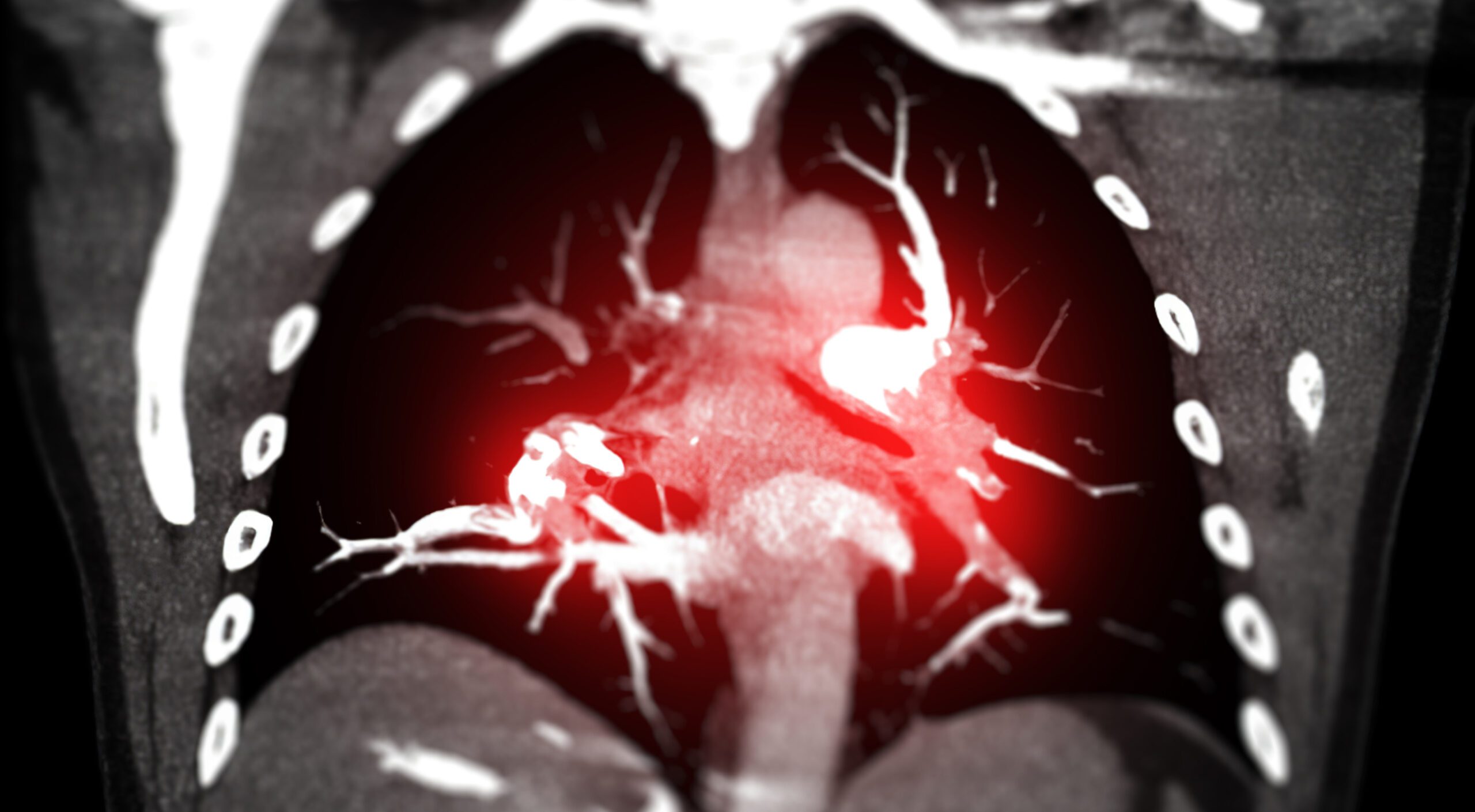The most common symptoms include acute dyspnea, chest pain, syncope or presyncope and hemoptysis. The spectrum of clinical presentation ranges from asymptomatic patients to hemodynamic instability and shock. The clinical examination findings of the lungs are typically unremarkable. The suspected diagnosis of pulmonary embolism can be confirmed using imaging techniques.
Autoren
- Dr. med. Hans-Joachim Thiel
Publikation
- InFo PNEUMOLOGIE & ALLERGOLOGIE
Related Topics
You May Also Like
- Evidence, pathophysiology and management in the light of current data
Heart failure with improved ejection fraction (HFimpEF)
- Early rheumatoid arthritis
C1M has potential as a biomarker
- Osteoporosis
Risk-stratified therapy with osteoanabolic agents improves outcomes
- "Swiss Health Care Atlas"
New indicator: medication for weight regulation
- AI in neurology
Control instead of a flood of data: AI makes big data and wearables usable
- Longevity Medicine 2025
From anti-ageing to precision prevention
- Treatment of pancreatitis: current study data
How can the risk-benefit profile be improved?
- Prurigo and PN









